Hanoi is well-known for its historic and cultural charms together with the dynamic atmosphere of developing capital. Following are three worth-visiting historic and cultural sites that no tourist should miss when visiting Hanoi.
Hanoi Old Quarter
As the oldest continuously developing area of Hanoi, Old Quarter has a history that spans 2000 years and represents the eternal soul of the land. Located between the Lake of Restored Sword, the Long Bien Bridge, a former city rampant and a city citadel wall, the Old Quarter started as a snake and an alligator in the swamp.
The Old Quarter began to acquire its reputation as a crafts area when the Vietnamese attained independence in the 11th century and King Ly Thai To moved the capital from Hoa Lu to the lower land, Hanoi. In the early 13th century, this place began to attract many skilled craftsmen who were organized into several craft cooperatives and guilds. Many inhabitants of each street came from the same villages; the streets developed a homogeneous look. Storekeepers back in the time were taxed according to the width of their storefront, so the storage and living space moved to the rear of the buildings. Consequently, the long and narrow buildings called tube houses became a familiar image in the Old Quarter. A typical measurement for such houses is 3m wide by 60m long.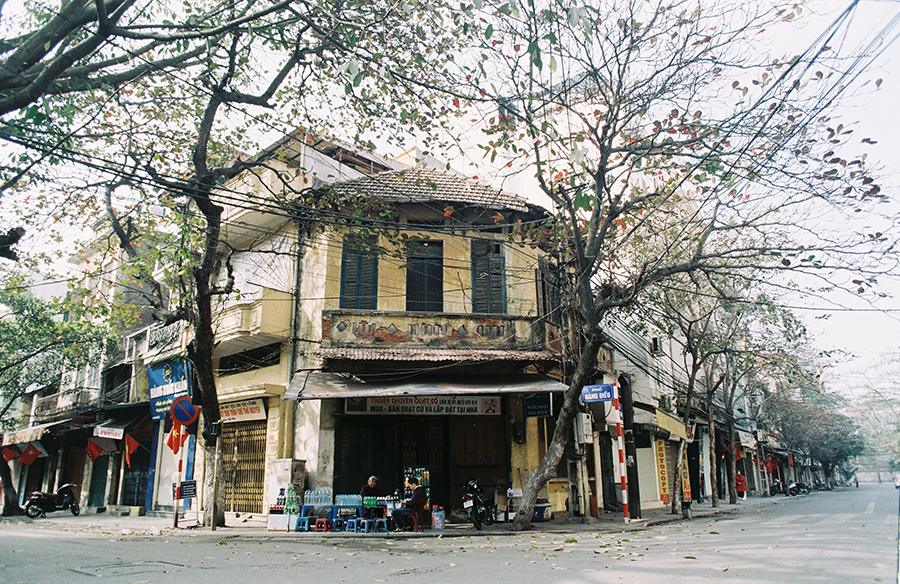
The Old Quarter has a rich religious heritage. When the craftsmen moved from outskirt into the capital city, they brought with them their religious practices. They transferred their temples, pagodas and communal houses to the new own location. Every guide has one or two religion structures and honours its own patron saint or founder. Therefore, in one each street in Old Quarter there is at least one temple. Nowadays, many of the old temples have been transformed into shops and living quarters, but some old buildings’ religious roots can still be recognized by the architecture of their roofs.
Although the old section of Hanoi is often called “36 old streets”, there are more than 36. Some researchers believe that 36 is the number of guild locations which were workshop areas, not streets. In another hand, number 9 in Asia represents the concepts of “plenty”. Nine times the 4 directions equal 36 which simply means “many”. There are now more than 70 streets in the area.
A majority of the street names in the Old Quarter start with the word “hang”. “Hang” means merchandise or shop. The guild streets were named for their product, service or location.
For example, Hang Gai street is one of the most crowded and famous streets in the quarter. Van Phuc silk was brought from Ha Dong to display throughout the shops in Hang Gai. The street became a site that can’t be missed for visitors and shopaholics when coming to Hanoi.
Ta Hien street might be the most well-known street in the Old Quarter to foreigners. The street is stretched on about 200m on a location of an old street once called Géraud in the French colonialism in Vietnam. The French architecture is still being seen in Ta Hien. However, the things that made Ta Hien famous are not only its architectural or historical values. In every weekend, the street gets crowded with both locals and tourists. Here you can find many specialities of Hanoi such as the best cool beer used with some traditional dishes as nem Phung, fried nem, nem, boiled peanut to Western ones such as fried chip, cheese stick,….The prices are generally cheap. This is a perfect place to enjoy a night in Hanoi where you can meet people from all around the world with their cups of beer.
Hang Ma street is something new, especially on holidays or festivals. This street is specialized in votive, paper crafts and home decorations. On occasions like Middle Autumn or Lunar New Year, the street is totally changed into a feast of red, silver and gold envelopes, couplets, lanterns, decorative papers, paper caps.
And many more interesting streets in the Old Quarter as Hang Bac selling silver, Dong Xuan market with all types of food and products, Hang Duong selling jams and candies….
One Pillar Pagoda
One Pillar Pagoda or Lotus Pagoda in Vietnamese is often called Chua Mot Cot, located in the centre of the capital. This is one of the most common symbols and the most important historical site of present-day Hanoi. Not only having a long history, but the pagoda is also impressive with its distinctive style of architecture which resembles a lotus flower in bloom. For visitors to Hanoi, this is a must-see site.
History
One Pillar Pagoda was started building for the first time by King Ly Thai Tong in October of the year 1049. According to history records, the king who at that time hadn’t had a son to succeed his throne once came to many pagodas to pray for his wish to come true. He returned and dreamt of Guan Yin sitting on a blooming lotus on a square pond. In the dream, the Guan Yin invited him to a specific pagoda in Nhat Tru village and gave him a fairy newborn. After the dream a while, the queen gave birth to a boy. The king then knew that the gods had helped him, came to Nhat Tru village and built a pagoda which has one pillar and a roof looked like a blooming lotus, named first as Dien Huu pagoda (meaning Long Happiness).
Annually, the king visited the pagoda on 8th of lunar April to attend the Buddha Washing ritual with all monks of the capital. After the ritual, the king would stand on a pedestal before the pagoda and release a bird in the cheering of people. One pillar pagoda was restored many times by many emperors before being completely ruined in the 20th century.
In 1954, the French troops, before withdrawing from Hanoi, destroyed the pagoda by mine. After Ho Chi Minh’s government taking over Hanoi, the department of culture began to rebuild and restore the pagoda, sticking to the original state.
Architecture
One Pillar Pagoda is placed in a complex with the pagoda itself, another pagoda nearby and a Tam Quan gate. The main pagoda is made of wood, with a statue of Guan Yin inside. This style of architecture already existed before the pagoda as an example of another one pillar pagoda in Ninh Binh with an 8 sided stone pillar resembling a lotus flower. Linh Chieu lake was added later in 1105 by king Ly Nhan Tong. One Pillar pagoda as you see of today is 4m high with each curved roof side is 3m wide and a single pillar 1.25m in diameter. The pillar is actually made of 2 blocks of rock. In the whole work, the roof is the most important part, especially to religious buildings. One Pillar pagoda’s roof is curved in all 4 sides and decorated with traditional patterns of two dragons facing the moon. This pattern, to Vietnamese people, symbolizes the holy power bringing the wish for wisdom and vitality of human beings. The image that the pagoda is designed of expresses perfectly a Buddhism idea of equality for all people through a lotus flower. Above all, One Pillar Pagoda, despite going through many damages and changes and destruction, still stand like a lotus flower in the city of peace which is proudly represent Vietnam country and people.
Van Mieu – Temple of Confucianism
Many tourists visit and know Hanoi through this site with the name “Temple of Literature” or “Temple of Confucianism” which is one of many cultural symbols of the capital. The place is dedicated to Confucius and many great historical scholars who practised Confucianism. Van Mieu is also known as the first university in Vietnam with main duty was to educate the princes, royal relatives and the future officials.
The complex is 10 minutes away from Hoan Kiem lake, covers over 54000 square meters including a lake, surrounded by a brick wall.
The temple was set up in 1070 A.D under Ly dynasty dedicated to Confucius and Chu Cong, a member of the Chinese royal family in 11th century B.C who invented the teachings developed by Confucius. However, the inside story of its establishment was not as simple. King Ly Anh Tong did not have a son until he was quite old. Worried that his mandarins and staff would not be loyal and supportive to the prince, therefore, the power would go to other, he decided to help develop a philosophy that encourages the unconditional love and loyalty to the king in various forms. Confucianism from China proved to be an effective system since it teaches of 3 classes of people one must respect – king, teacher and father. From 1253, King Tran Thai Tong re-opened it for all the civilians who had academic talent. With Van Mieu, Confucianism started its influence into Vietnam society and we can say that Van Mieu took a significant part in promoting Confucianism philosophy back in the time.
In the 15th century, Confucianism became the most popular philosophy in Vietnamese society. The King ordered from 1484, steles of all valedictorians of national examinations and doctors from the year 1442 would be erected on two sides of Thien Quang Tinh (Well of Heavenly Clarity) – the third courtyard of Van Mieu. Until today, there are 82 steles are preserved, with names and origins of 1307 doctors, corresponding to 82 examination courses from 1442 to 1779; each stele is placed on a shell of a giant stone tortoise. These steles are evidence of the most glorious days of Confucianism in Vietnam.
Along with Thien Quang lake are other four courtyards with their own significance and meaning. The first courtyard is from Great Portico to the Great Middle gate (Dai Trung Gate); the second contains Constellation of Literature pavilion or Khue Van Cac – a unique architectural work which is the symbol of present-day Hanoi; the third is Thien Quang lake with 82 tombstones; through Gate of great synthesis, the fourth courtyard is the worshipping place of Confucius and his 72 honoured students, among them, is Nguyen Trai, one of the most influential scholar in history. Many of his works are taught in school today. This courtyard is also the place Hanoi authorities chose to cherish students who have excellent results in studying or in national exams.
The furthest part of Van Mieu is Thai Hoc house, the fifth courtyard of the temple. The households are a small collection of old-time costumes for students and mandarins, as well as explaining the process of taking and passing the national examination.
Vietnamese people often pay a visit to the Temple of Confucius on occasions like Lunar New Year or before university entrance exams when both parents and students come to wish for a good result. University students also come to the temple for their graduation photos.
Nowadays, tourists are welcomed to visit the temple from 8 am to 5 pm every day except for Monday and national holidays with entrance fee for adults is 30,000VND and children 15,000VND.

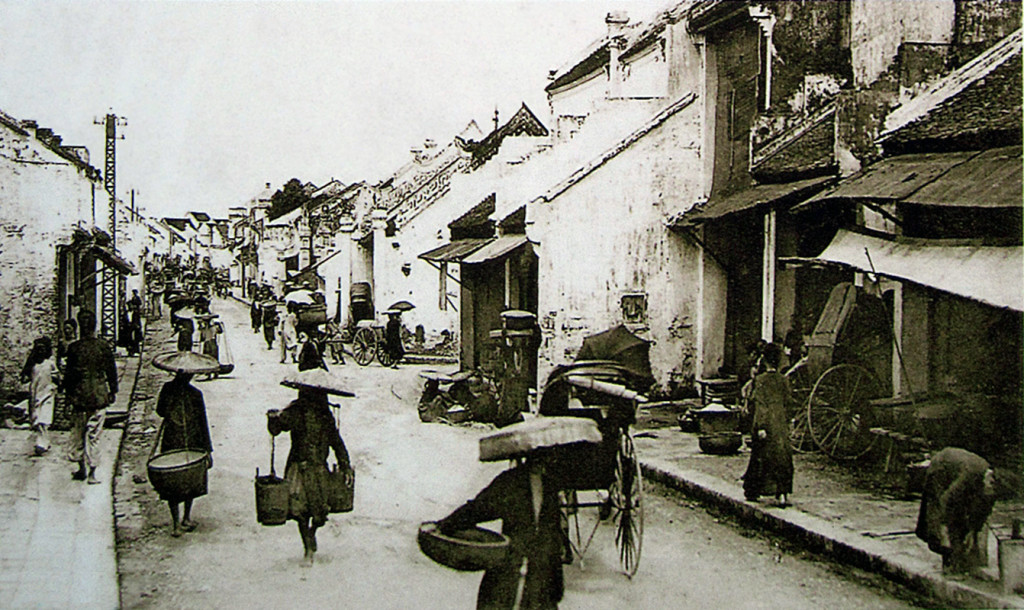
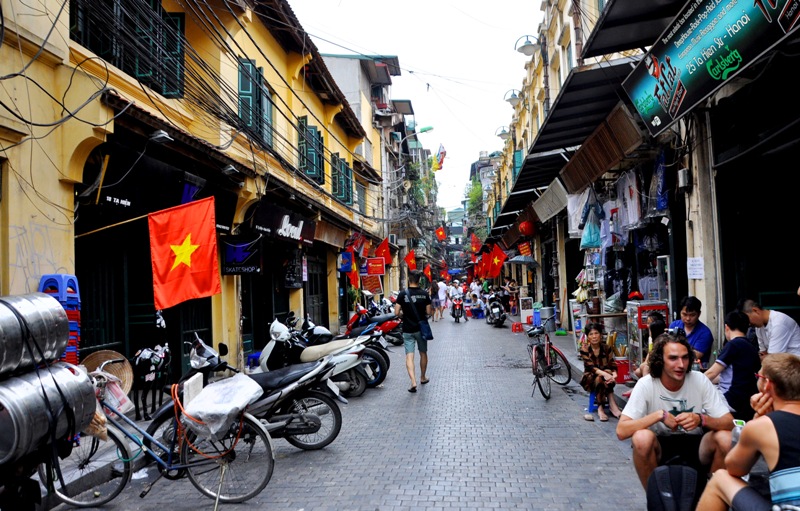
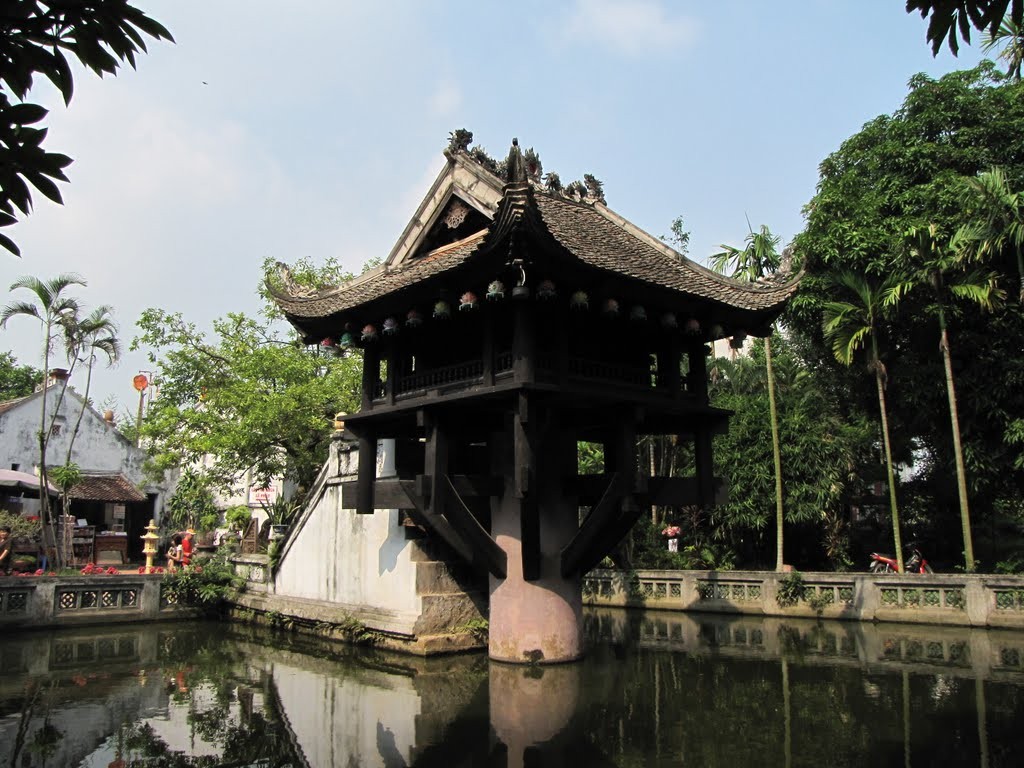
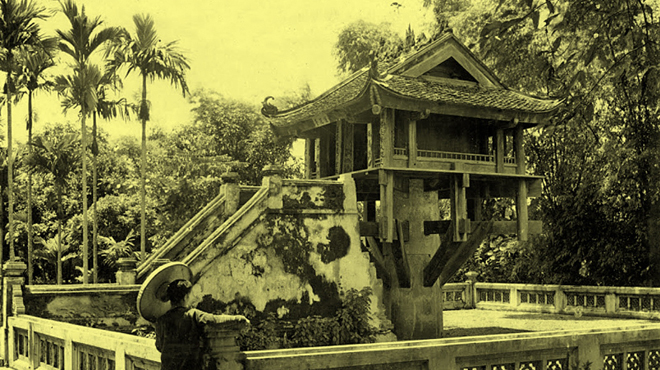
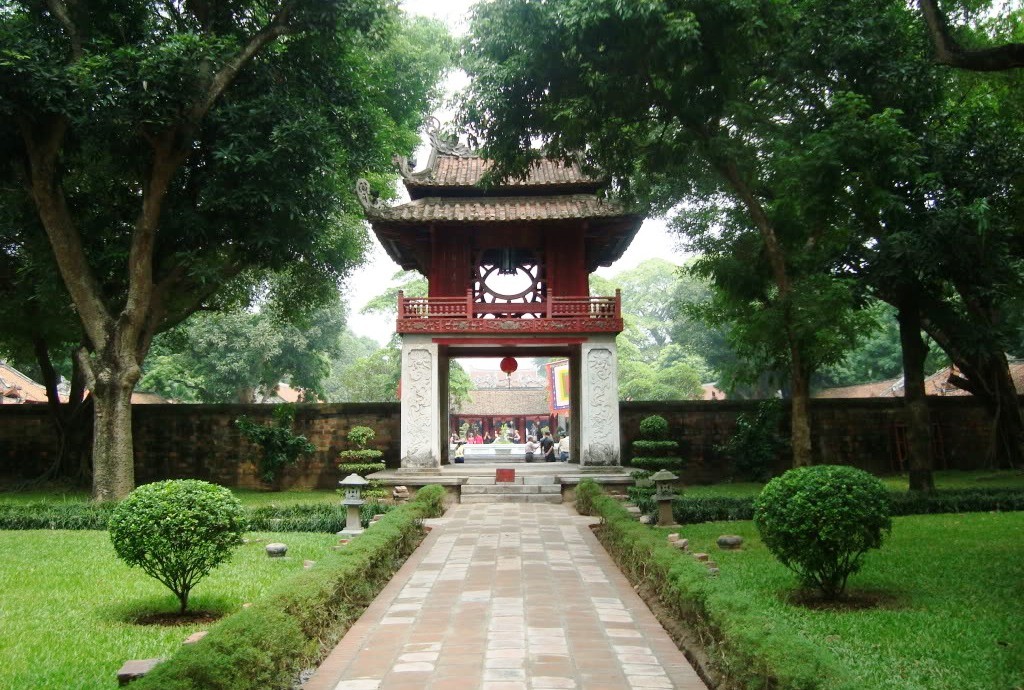
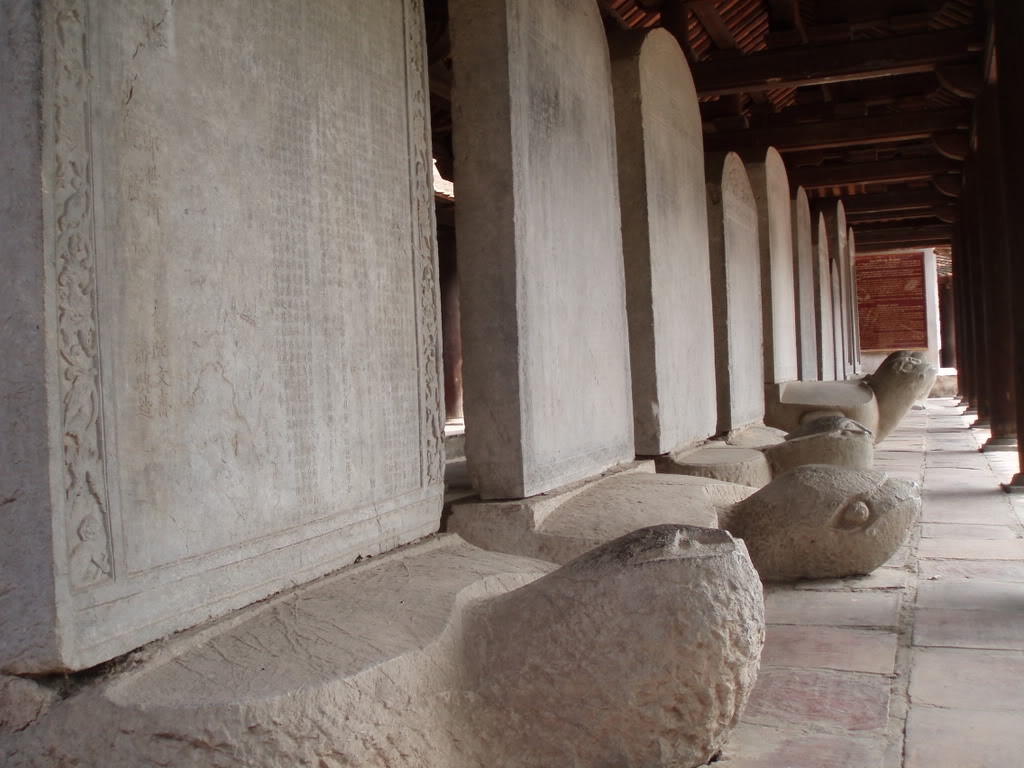
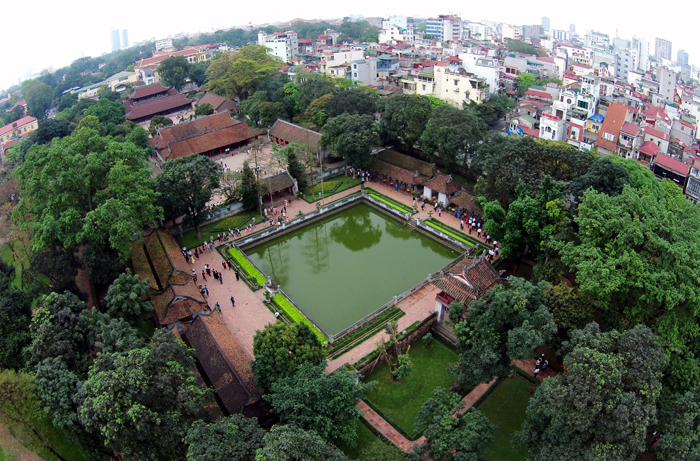
[…] you only have one day to explore Hanoi, Bat Trang pottery and ceramic village which only is 10 km away from city center, is a great choice […]